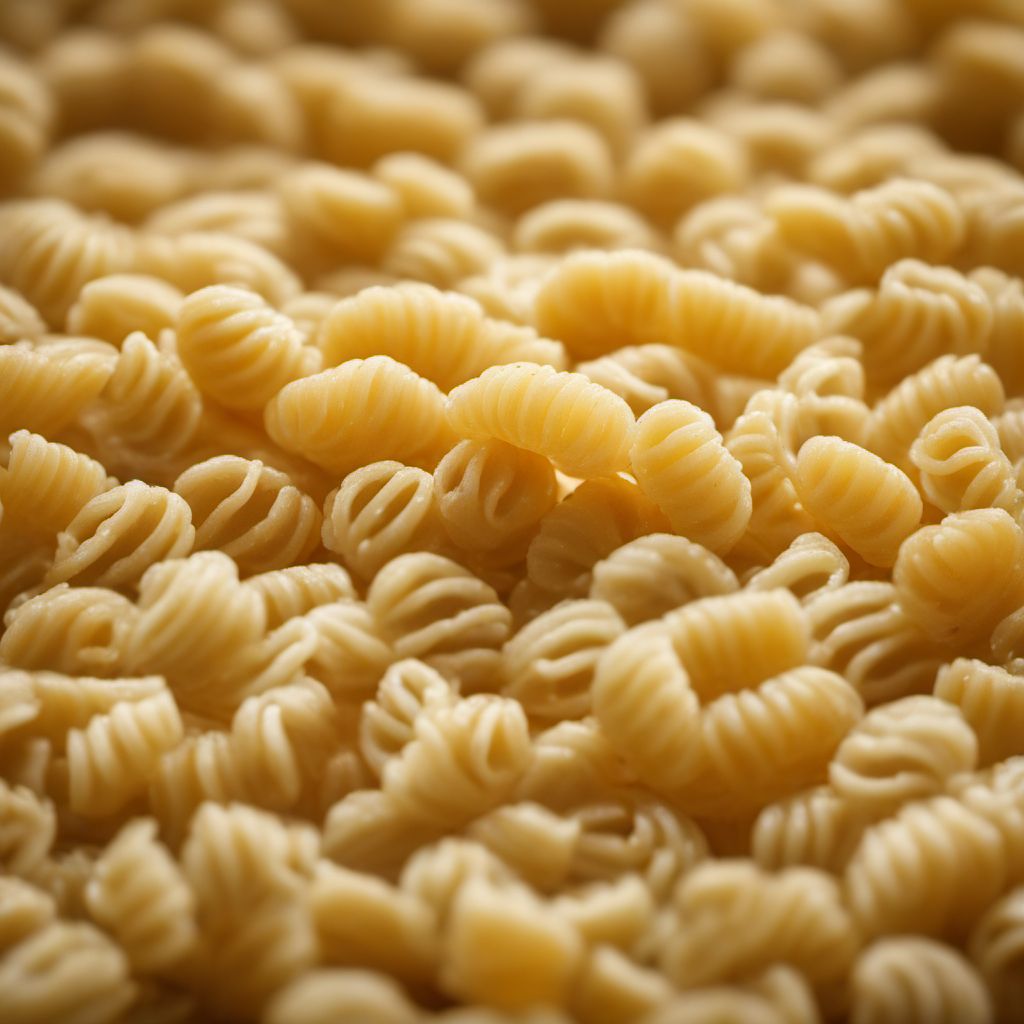
Ingredient
Pastas and rice (or other cereal) –based dishes
Versatile Staples: Pastas and Rice in Culinary Delights
Pastas and rice are essential ingredients in various cuisines, offering a wide range of shapes, sizes, and textures. Pasta can be tender or al dente, while rice can be fluffy or sticky, providing endless possibilities for creating diverse dishes. Whether it's a creamy risotto or a hearty pasta bake, these ingredients are beloved for their ability to absorb flavors and complement a variety of ingredients.
Origins and history
The origins of pasta can be traced back to ancient China, where it was made from rice flour. It then spread to the Middle East and Europe, evolving into the pasta we know today. Rice, on the other hand, has been cultivated for thousands of years in Asia, particularly in countries like China and India. Both ingredients have become staples in their respective regions and have been adapted into countless traditional dishes.
Nutritional information
Both pastas and rice are sources of carbohydrates, providing energy for the body. They also contain small amounts of protein and fiber. The nutritional content varies depending on the type of pasta or rice used.
How to select
When selecting pasta, look for brands made from durum wheat semolina for a superior texture. For rice, choose varieties like basmati or jasmine for their aromatic qualities and long grains. Ensure that both pastas and rice are free from any signs of moisture, insects, or clumps.
Storage recommendations
To maintain the freshness of pastas and rice, store them in airtight containers in a cool, dry place. Avoid exposure to moisture, which can cause them to become stale or develop mold. Cooked pasta and rice should be refrigerated and consumed within a few days.
Preparation tips
Pasta can be boiled until al dente and then used in a variety of dishes, such as pasta salads, stir-fries, or baked casseroles. Rice can be cooked by absorption or boiling methods, and it serves as a versatile base for curries, stir-fries, or pilafs. Experiment with different sauces, spices, and vegetables to create unique flavor combinations.
Culinary uses
Pastas and rice are widely used in various cuisines around the world. Pasta is a staple in Italian cuisine, where it is commonly used in dishes like spaghetti carbonara, lasagna, and fettuccine Alfredo. Rice is a staple in Asian cuisine, featuring prominently in dishes like sushi, biryani, and fried rice. Both ingredients can be found in a wide range of international dishes, from Mexican rice and beans to Greek pastitsio.
Availability
Pastas and rice are commonly available in grocery stores, supermarkets, and specialty food stores worldwide.
More ingredients from this category
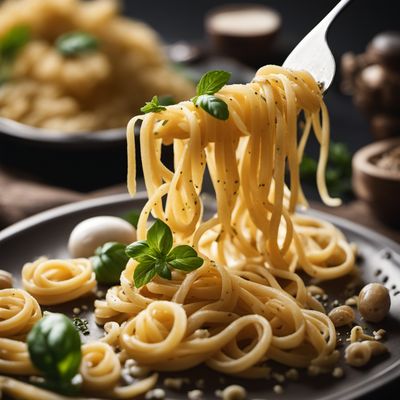
Pasta based dishes, cooked
The Art of Al Dente
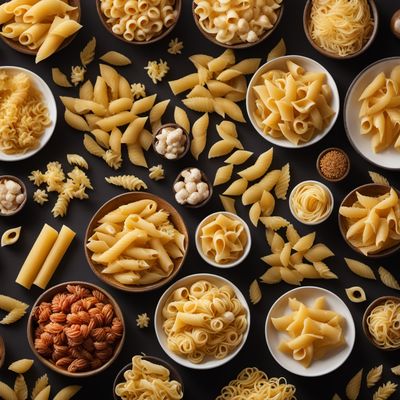
Pasta based dishes, uncooked
Unleashing the Potential of Raw Pasta: A Culinary Adventure
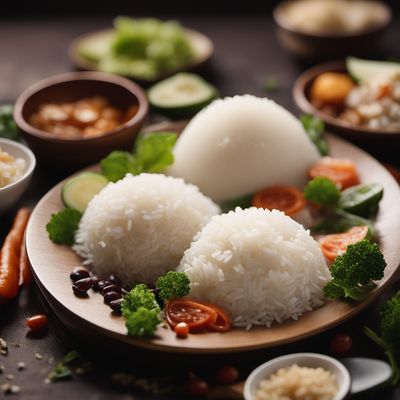
Rice based dishes, cooked
Delightful Rice-Based Creations

Cereal based dishes (other than pasta and rice)
Beyond the Bowl: Exploring Cereal Based Dishes
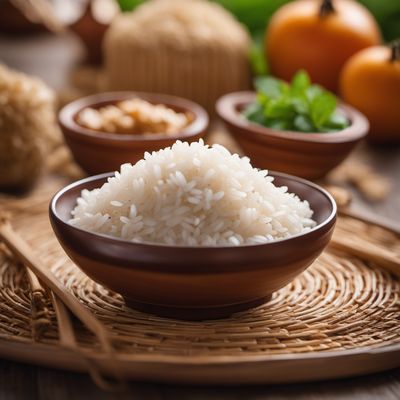
Rice based dishes dry, uncooked
The Versatile Grain: Uncooked Rice for Culinary Delights